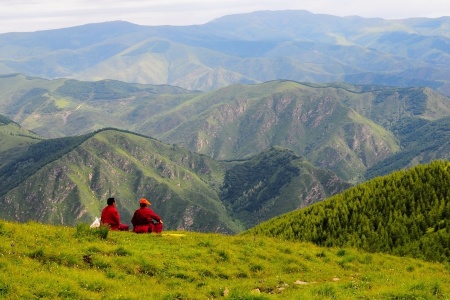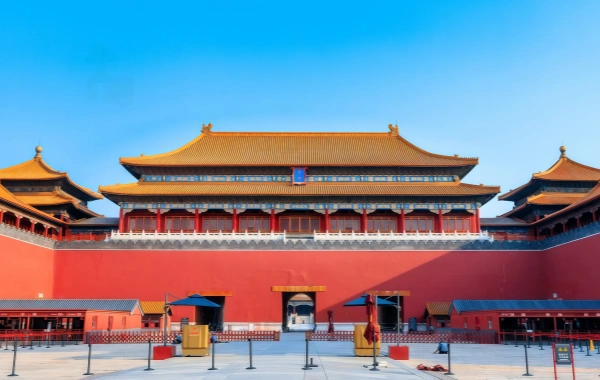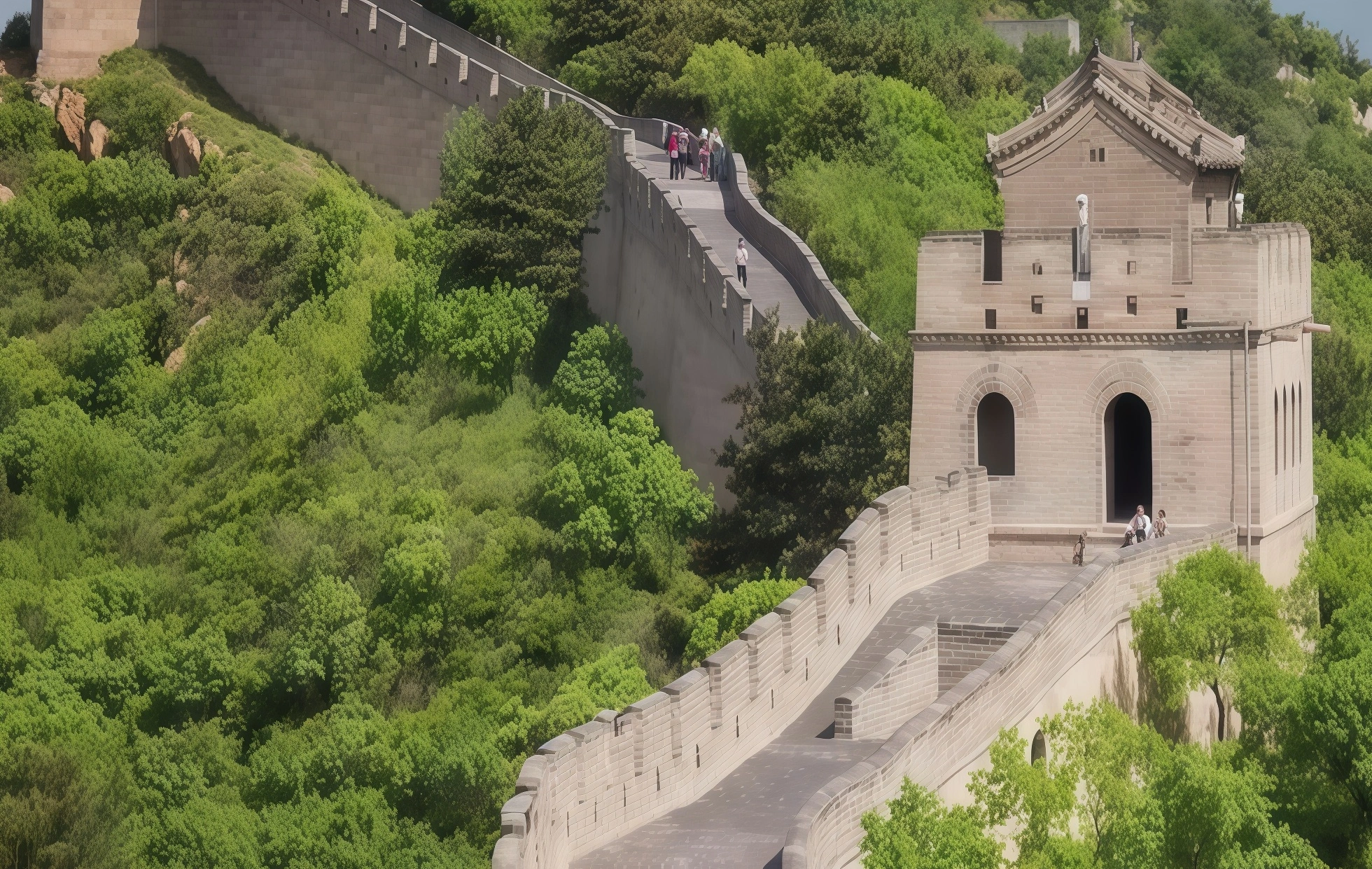Shanxi In-Depth Tour
This seven-day in-depth tour to Shanxi is a cultural and natural journey through time and space. Yungang Grottoes, Pagoda of Fogong Temple and other ancient monuments show the wisdom of the ancients; Wutai Mountain is illuminated by the Buddha's light, and Pingyao Ancient City is flowing with ancient rhythms. The mysterious Zhangbi Ancient Fort and the luxurious Wang Family Courtyard show the ancient style. The Linfen Hukou Waterfall is a magnificent ending.
Daily itinerary (customizable for free)
Yungang Grottoes - Jiulong Wall
4+ stars hotel
None
Today, you will explore the Yungang Grottoes, one of the Four Great Caves of China and a World Heritage Site. Preserved to the present in the Grottoes are 53 caves and over 51 000 statues. It not only shows the exquisite carving skills of ancient craftsmen, but also contains rich Buddhist culture and historical value.
We will visit Cave 5, the largest of the Yungang Grottoes and the most representative. The central seated statue of the Third Buddha in the cave is 17 meters high, which is the tallest statue of Buddha in the Yungang Grottoes.
In the afternoon, you will visit an amazing structure, Jiulong Wall. Nine lifelike dragons are depicted on it. The Nine Dragon Wall symbolizes suppressing evil spirits and blessing peace.
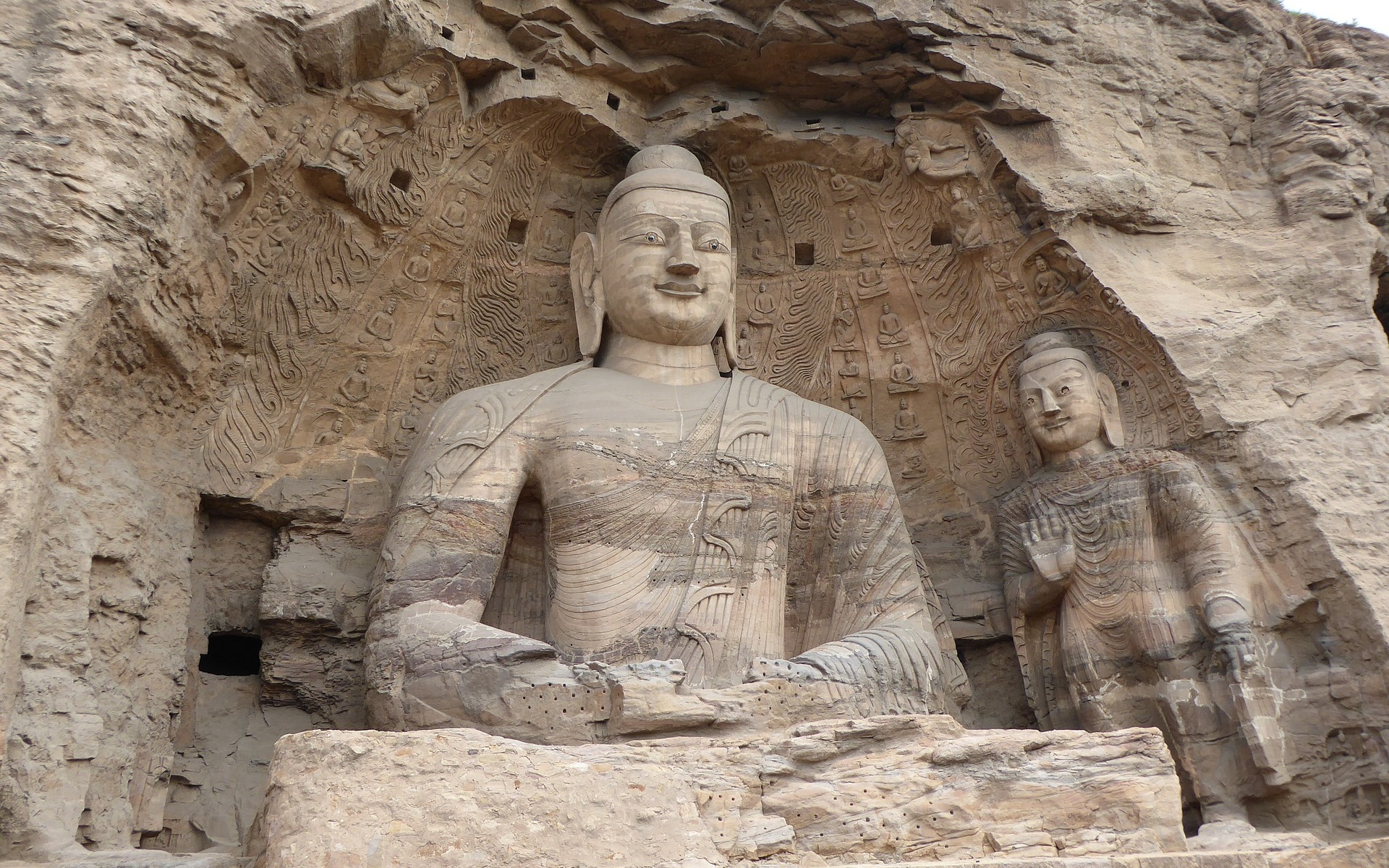
Pagoda of Fogong Temple - the Xuankong Temple - Wutai Mountain
4+ stars Hotel
Breakfast
You will be dropped off in Datong and traveled to the Pagoda of Fogong Temple. Not only is it the oldest and tallest wooden multi-storey building in the world, it is also breathtaking for its superb craftsmanship that requires no nails, screws or bolts. It is the world's tallest and oldest surviving pure wooden building, and is one of the "Three Wondrous Towers of the World" along with the Leaning Tower of Pisa in Italy and the Eiffel Tower in Paris.
You will then arrive at the Hanging Temple(Xuankong Temple), an ancient temple that was built in 491 and has endured for more than 1,500 years. The whole temple was built on the rock face of a sheer cliff, and the highest place in the temple is about 50 meters above ground,like suspending on the cliff face.
After visiting the Hanging Temple, you will arrive at Mount Wutai after a three-hour drive, where you will check into your hotel and refresh yourself for tomorrow's trip.
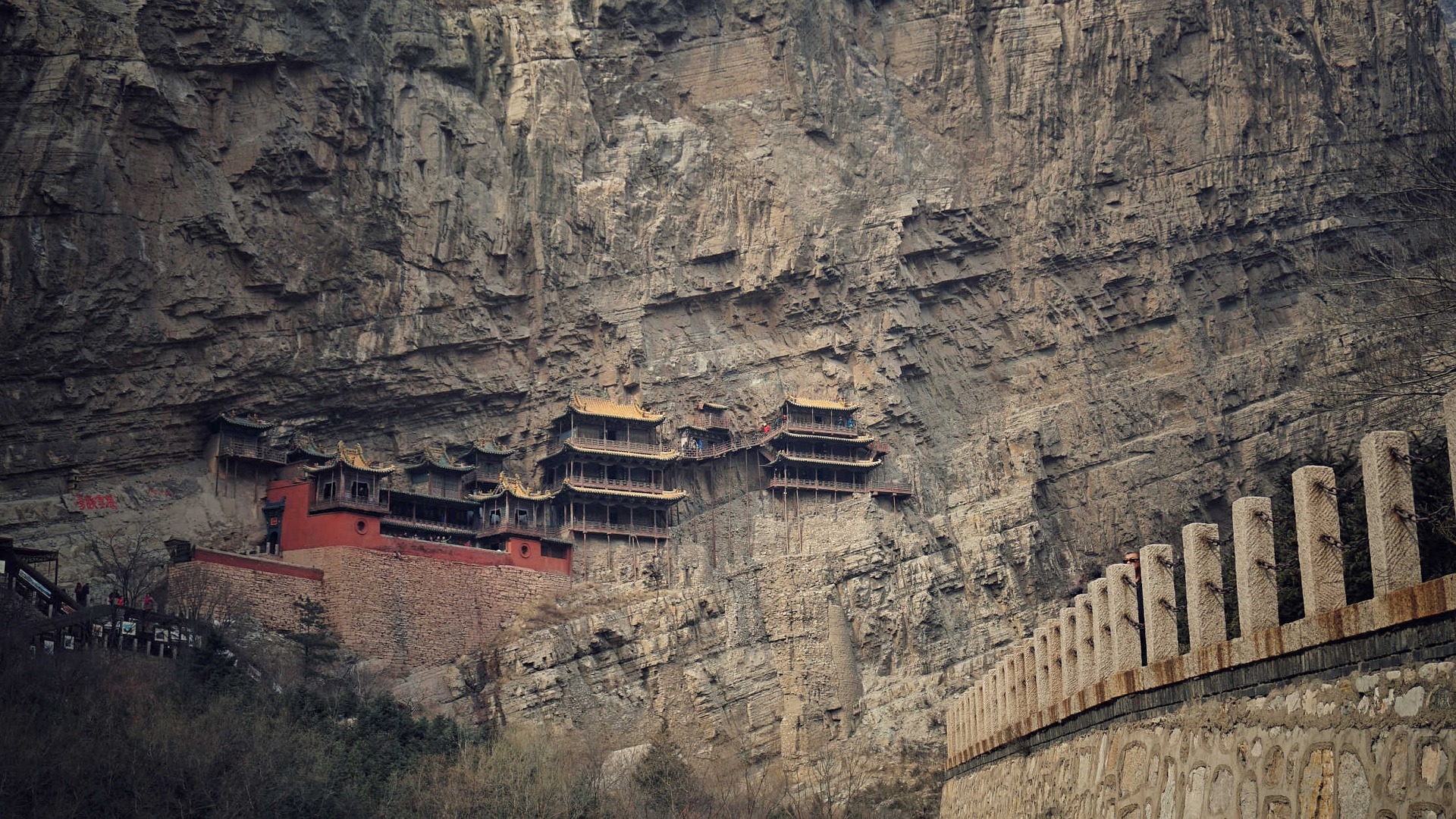
Wutai Mountain-Tayuan Temple-Shuxiang Temple-Xiantong Temple-Bodhisattva's Peak
4+ stars Hotel
Breakfast
After breakfast, you will proceed to explore Mount Wutai.
First you'll come to Tayuan Temple, which is rumored to hold the stupa of Shakyamuni's relics built by King Ashoka of ancient India and the precious hair of Manjushri.
Next, you will visit Shuxiang Temple (Temple of the Statue of Manjushri). It is famous for its huge statue of Manjushri, which is nearly 10 meters high. Many historical emperors and empresses have visited this temple.
You will then arrive at Xiantong Temple, one of the largest and oldest temples in Wutai Mountain. Most major Buddhist events and ceremonies are held here.
Finally, you will ascend to Bodhisattva Peak, which is said to be the true abode of Manjushri. The emperors of the Ming and Qing dynasties chose to stop here during their pilgrimages to Mount Wutai.
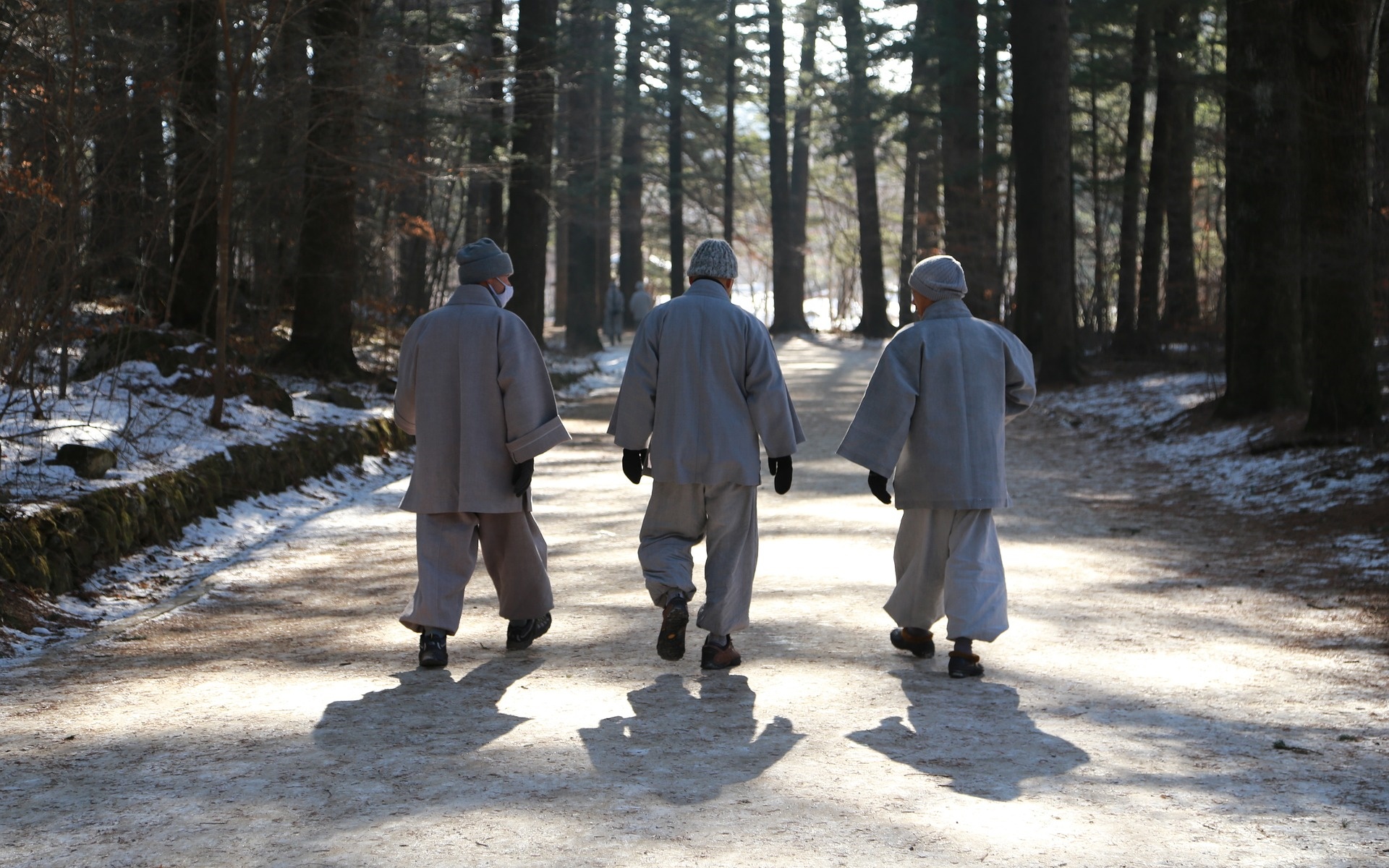
Dailuoding Temple - Foguang Temple - Pingyao
None
Breakfast
After breakfast, you will go to Dai Luo Ding Temple, where you can stand overlooking the other temples and the magnificent panoramic view of the town of Taihuai. To reach the temple, you can choose to walk the "Dazhi Road", a stone path with about 1,080 steps, symbolizing wisdom and elimination of worries in Buddhism. Of course, you can also choose to take the cable car to reach the top quickly.
You will then proceed to another sacred Buddhist site, Foguang Temple, which is seldom visited by tour groups. Foguang Temple is not only a rare specimen of ancient wooden architecture in China and Asia, but also known as "China's first national treasure" by architect Mr. Liang Sicheng. Its discovery broke the assertion of Japanese scholars that there were no Tang Dynasty wooden buildings in China.
At the end of the tour, you will arrive at Pingyao Ancient Town, where you will stay for the night.
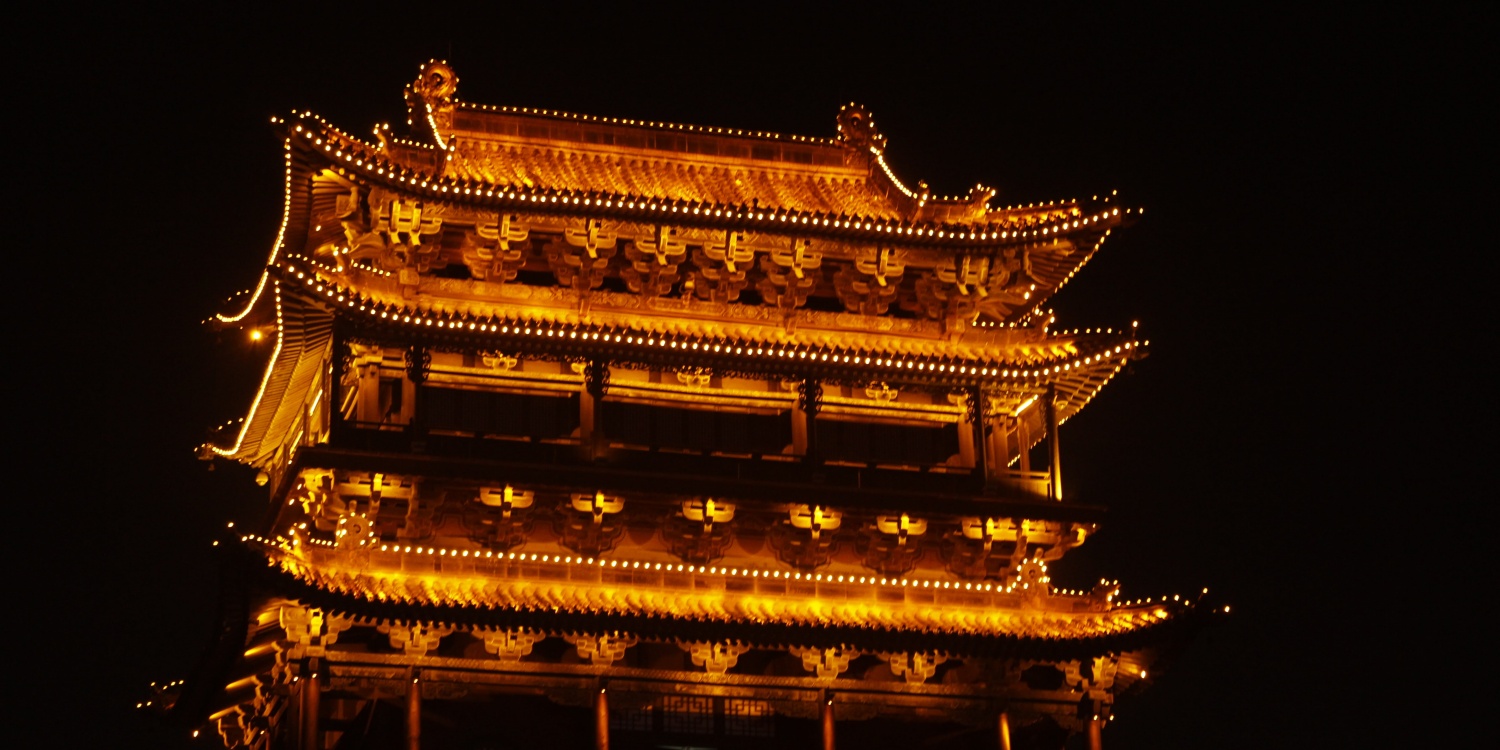
Pingyao Ancient Town - Shuanglin Temple
4+ stars hotel
None
In the morning, you will visit Pingyao Ancient Town, which is known as the "Museum of Ming and Qing Dynasty Architecture". Pingyao Ancient City, with a history of more than 2,700 years, is not only one of the best-preserved ancient cities in China, but also honored to be listed on the UNESCO World Cultural Heritage List for its rich cultural connotations and unique architectural styles.
You can climb the Pingyao Ancient City Wall to get a full view of this ancient town. Then, you will visit the Rishengchang Old Bank to experience the financial landscape of that era and learn about the operation of banks in ancient times.
After visiting Pingyao Ancient City, you will arrive at the Shuanglin Temple, famous for its colorful sculptures and known as the "Treasure Trove of Oriental Colorful Sculptures".
Recommended Activities:
You
can watch a theater performance of "Seeing Pingyao Again"
(19:00~20:30). This drama focuses on the local life, prosperity and
decline of Pingyao during the Qing Dynasty.
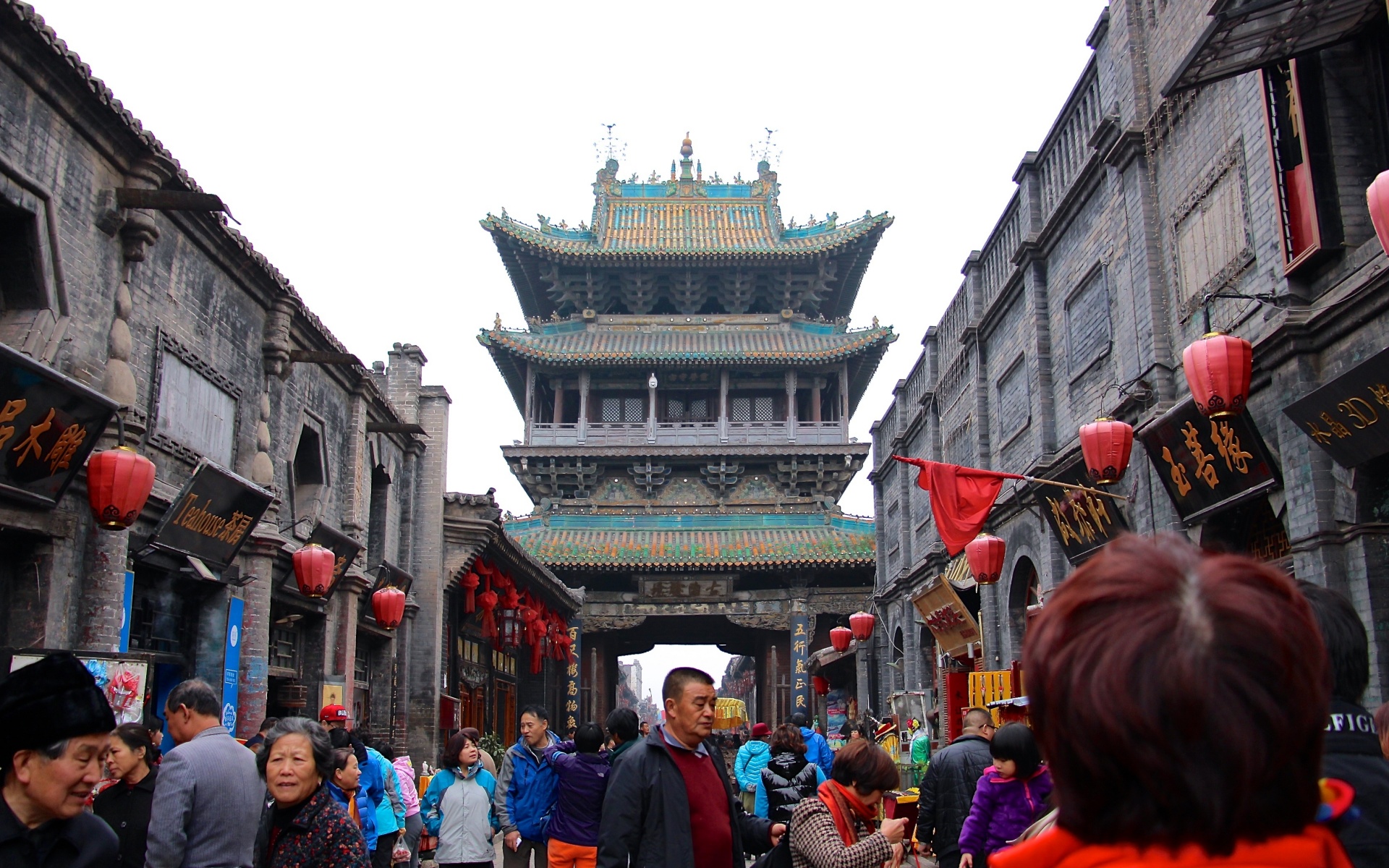
Zhangbi Ancient Fort - Wang Family Courtyard- Linfen
None
Breakfast
In the morning you will travel to Zhangbi Ancient Fortress. This ancient fortress originated from a series of tunnels and tunnels that were dug to escape from the war during the war time more than 1380 years ago.
Next, we will go to the Wang Family Courtyard, which is not only one of the largest residential buildings in China, but also the largest well-preserved architectural complex in Shanxi, and is known as "the first residence of Chinese residential buildings", "China's folk Forbidden City" and "Shanxi's Forbidden City". "Forbidden City of Shanxi".
The Wang Family Courtyard is not only a magnificent architectural complex, but also a heavy historical scroll. It records the glorious history of the Wang family and also witnesses the changes in all aspects of Chinese feudal society, including politics, economy and culture.
After the tour, we will transfer you to Linfen, a popular city for Hukou Falls.
Hukou Waterfall
None
Breakfast
Early in the morning you will arrive at the spectacular Hukou Falls, which is the second largest waterfall in China and the largest yellow waterfall in the world.
The Yellow River suddenly closes here, forming a narrow gorge like the mouth of a pot, hence the name "Hukou Falls".
When you stand in front of the Hukou Waterfall, you will be shocked by its spectacular scenery. The water of the Yellow River pours down from the cliff hundreds of meters high, sounding like thunder. Upstream of the waterfall, the Yellow River water surface was originally wide, but within a distance of less than 500 meters, it was compressed to a width of only 20-30 meters, making the water flow more turbulent and the impact force is huge.
After visiting Hukou Waterfall, you will head to the train station to take the train to your next destination.
Note:
1. Best time to view: Hukou Falls is best viewed from May to October. At this time, the waterfall is abundant and majestic, which is the best time to appreciate the beauty of the waterfall.
2. Dragon Cave Exploration: You can also enjoy Hukou Falls from another angle by visiting the Dragon Cave located below the falls to look up at the Hukou Falls (RMB 20 entrance fee applies).
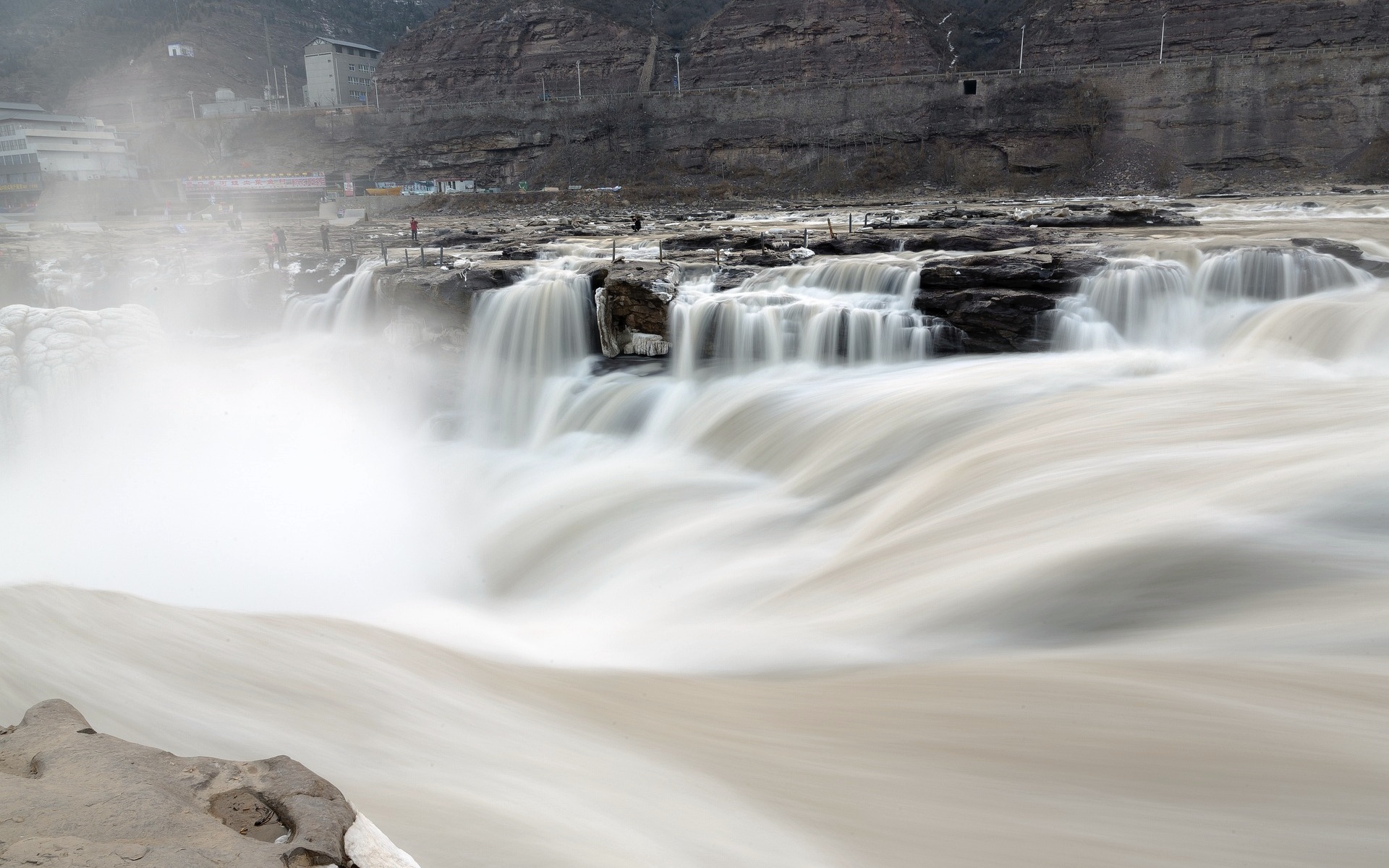
Create Your Customized Trip
Take about 2 minutes to fill the form to tell us how you like to travel, and get a reply within 1 working day.

